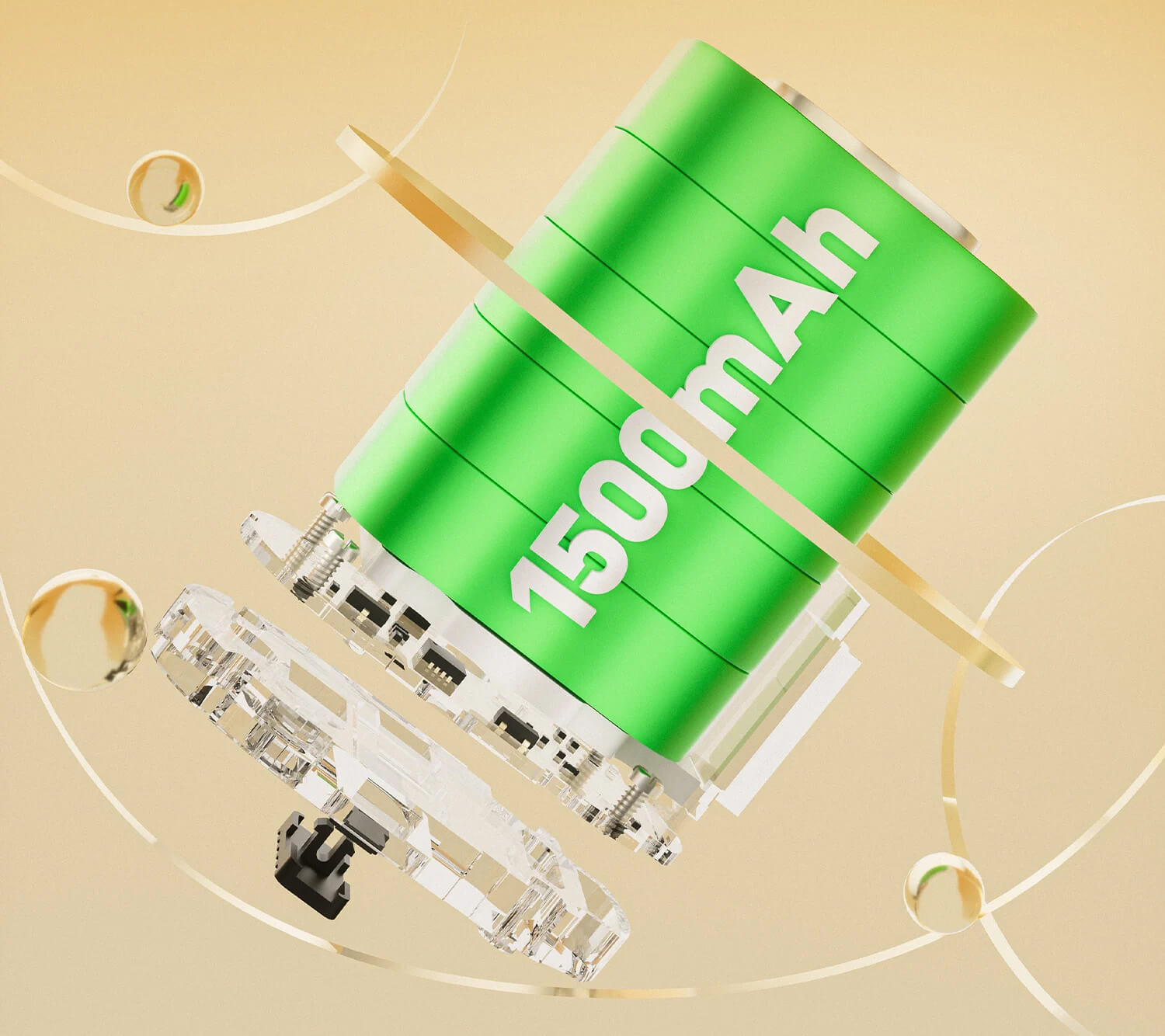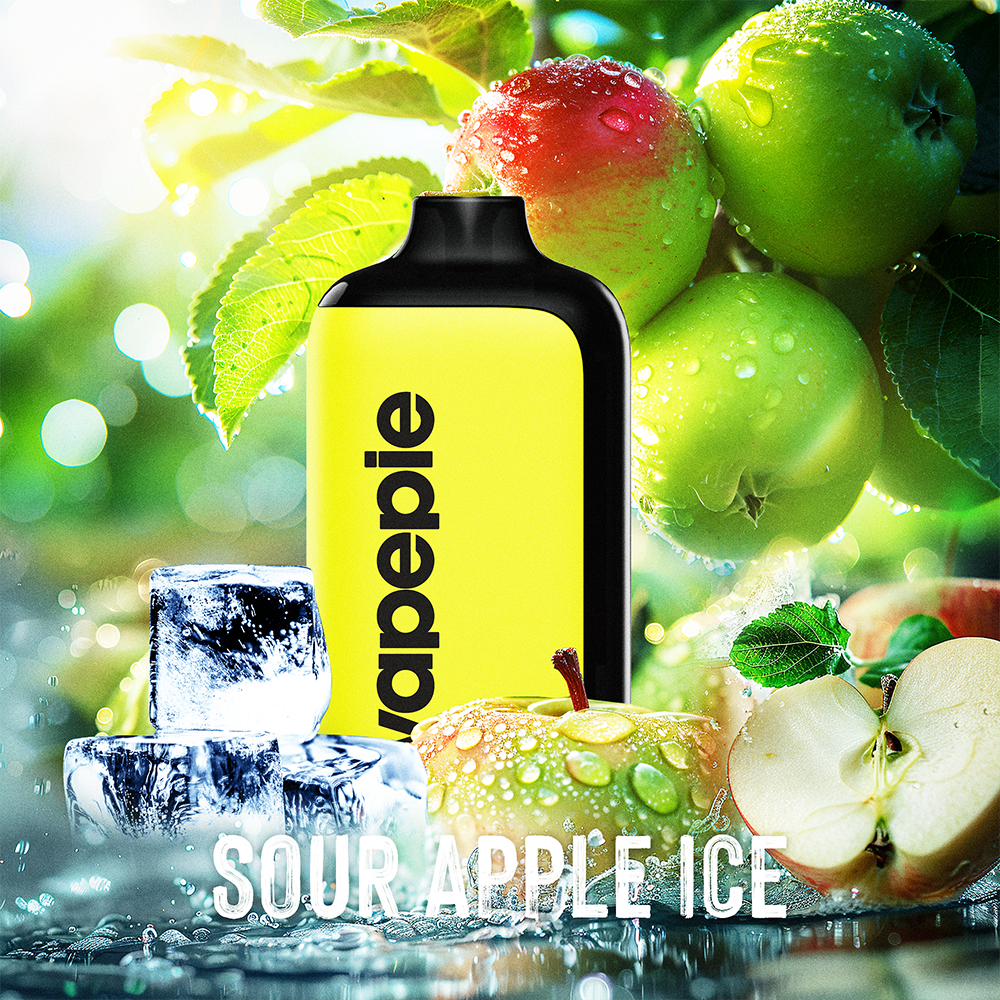
ARE YOU OF LEGAL VAPE AGE?
Please confirm that you are of legal age to purchase vaping products to access our site.

Please confirm that you are of legal age to purchase vaping products to access our site.
Some items are no longer available. Your cart has been updated.
This discount code cannot be used in conjunction with other promotional or discounted offer.
1.Structural Parts
2.Atomizers
3.Oil Tank Accessories
4.Batteries
5.PCBA (Scheme Board)
6.Display Screens
7.Microphones (Mics)
8.Silicone
9.Absorbent Cotton
10.E-Liquid
11.Summary
The structural parts of vape are typically made from materials such as PCTG, PC, ceramic, TPU, and resin:
PC (Polycarbonate): Used in areas without direct e-liquid contact, such as separate oil tanks.
PCTG (Polyethylene Terephthalate Glycol): Ideal for components in contact with e-liquid, such as integrated pod systems.
Ceramic: Commonly found in CBD atomizers like CCELL.
TPU (Thermoplastic Polyurethane): Often used in dual-color injection molding alongside PC.
Resin: Popular for drip tips, such as 510 and 810 sizes.
Mouthpieces are designed for ergonomics, available in flat or round shapes. Flat mouthpieces are thinner for a better vaping experience but may transfer heat, while dual-color TPU layers enhance comfort during use. Mouthpiece length is optimized to prevent overheating, and transparent designs may reveal condensation. Silicone mouthpieces are less common due to challenges with color matching and durability.
Atomizers are divided into metal and ceramic types:
The heating wire’s resistance (measured in ohms, Ω) determines power output—lower resistance increases power but requires compatibility with the device’s board for optimal flavor and to avoid burning. Atomizers consist of:
Cotton cores excel in vapor production and flavor fidelity, while ceramic cores deliver a smoother taste. Heating wire materials include Kanthal A1, iron-chromium-aluminum, nickel-chromium, stainless steel, pure nickel, and pure titanium, with mesh typically made from iron-chromium-aluminum.
Oil tank accessories are constructed from PETG, PCTG, PA12, and glass:
Tanks require chemical, heat, and weather resistance. Transparent or semi-transparent designs allow e-liquid monitoring. PETG suits extrusion processes, while PCTG works for both injection molding and extrusion.
Batteries come in cylindrical (e.g., 13450, 18250) or rectangular (e.g., 802030) shapes, sized to fit the e-cigarette’s structure. Materials include pure cobalt or cobalt + ternary blends. High-rate batteries (5A-10A discharge) support high-power vapor output. Emerging capacitive and solid-state batteries improve sustainability and recyclability.

Battery capacity is calculated as:
mAh×3.7V÷1000=Wh\text{mAh} \times 3.7\text{V} \div 1000 = \text{Wh}
The PCBA manages switching, power regulation, temperature control, lighting, and sound effects. As vape grow smarter, PCBAs require advanced microcontrollers (MCUs). Power output is calculated as:
V2Ω=W\frac{V^2}{\Omega} = W
Display options include LED segment displays, LCDs, TFTs, flexible displays, OLEDs, and touch capacitive screens. Costs depend on size, brightness, color range, resolution, and dynamic capabilities.
Mics serve as airflow sensors, detecting inhalation. Traditional electret condenser mics are giving way to silicon mics, which offer better acid resistance and sensitivity. Types include:
Sensitivity ranges from -70 to -400 KPA.
Silicone seals e-liquid or airflow in components like mouthpiece plugs, tank seals, and mic seals. With a hardness of 50-70 Shore A, silicone surfaces may be sandblasted for texture.
Absorbent cotton prevents condensation and leakage, placed in mouthpieces, tank bottoms, and near batteries. It’s typically made from polyester fiber composites.
E-liquid comprises propylene glycol (PG), vegetable glycerin (VG), nicotine, flavorings, and additives. Ratios influence vapor, flavor, and throat hit. Common flavors include:
Vapepie provides a variety of e-liquid components and flavors.
Vape vary widely—disposables, CBD/THC devices, pods, mods, MTL, DTL, heat-not-burn, and hookahs—but share similar core components. This guide details these components and their roles, offering insight into e-cigarette design and function.

Comment